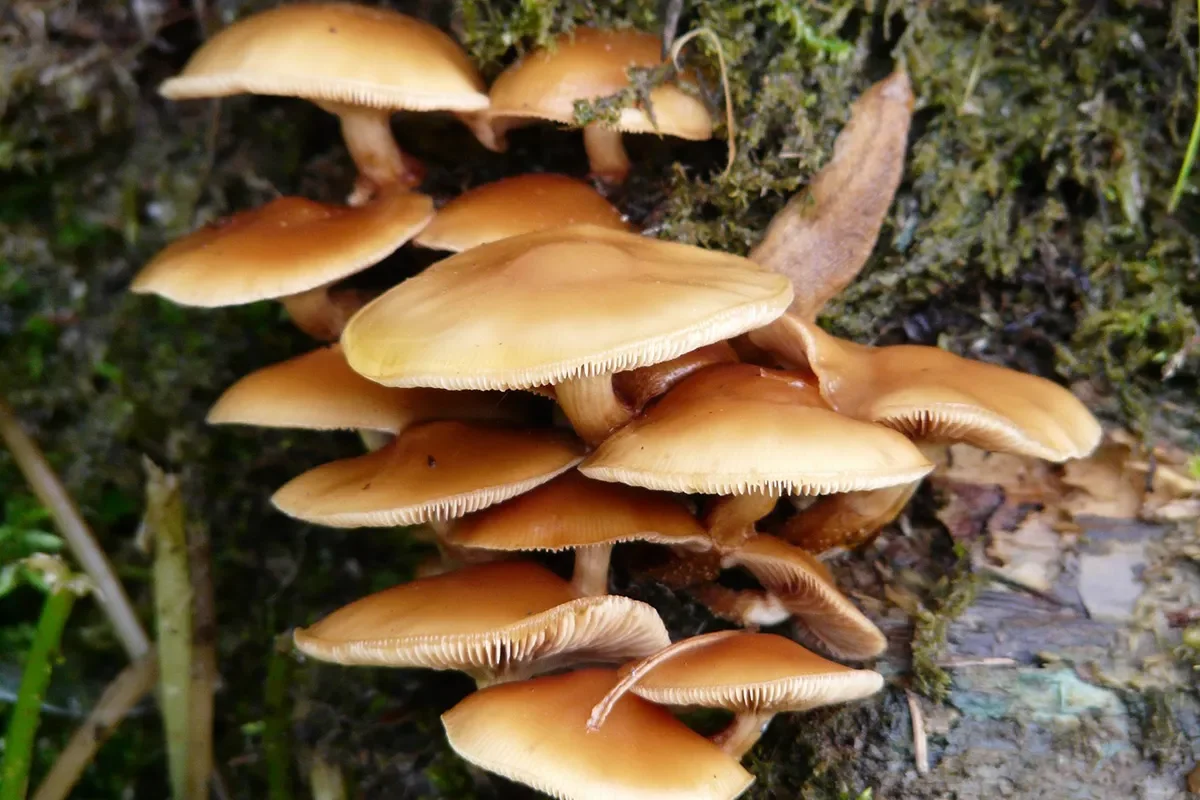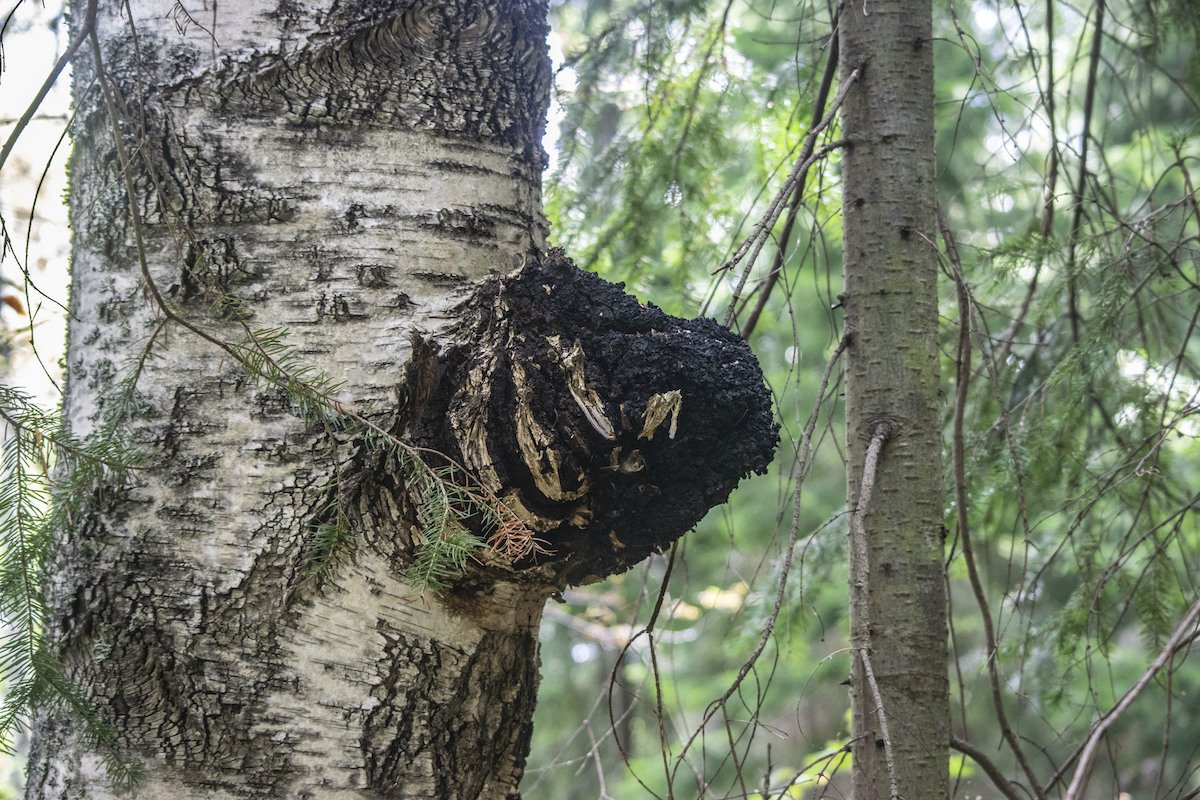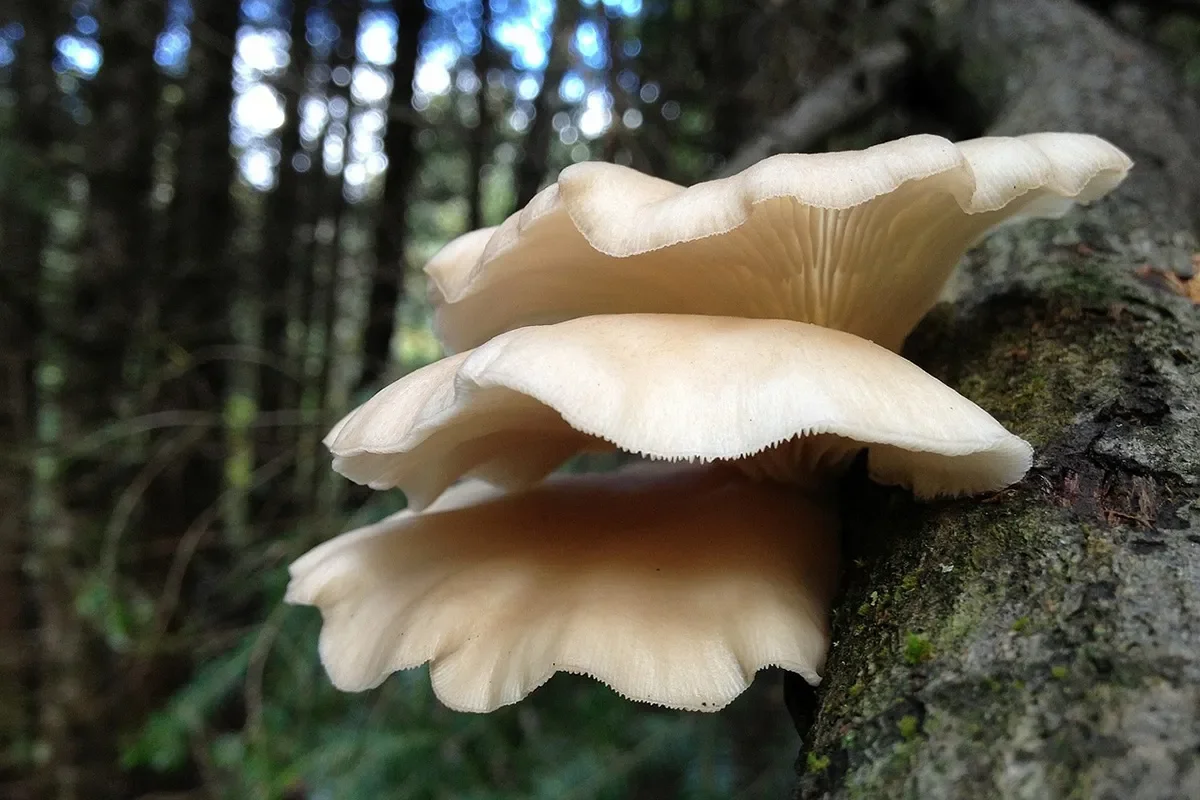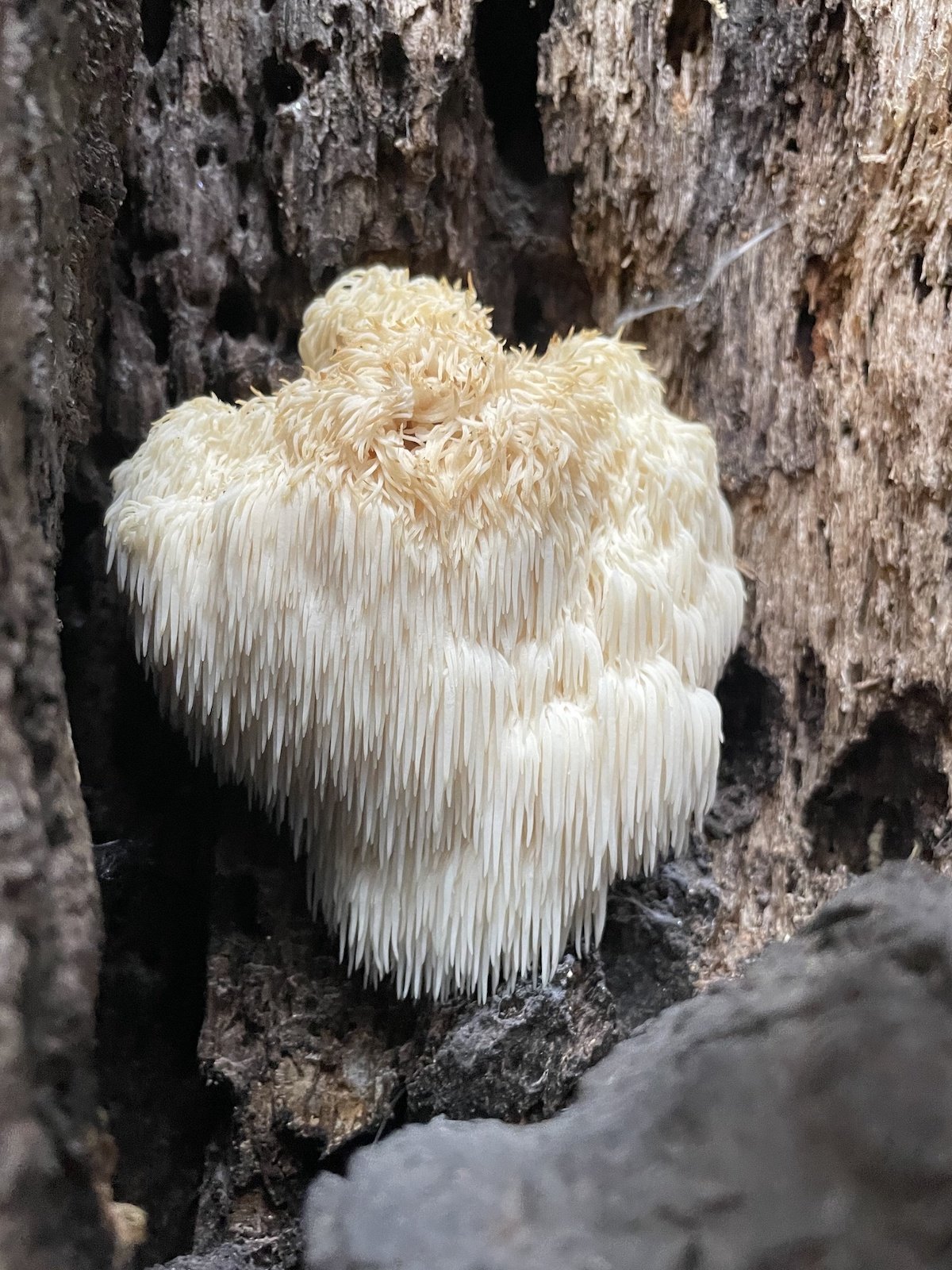For me, there’s no better way to kick off the new year than with a walk in the woods looking for fungi. It only feels right to set this year’s pace by spending time in the outdoors with friends, family, and perhaps a canine companion, checking my winter mushroom spots that I know from previous years.
While January isn’t considered the best time of year for mushroom foraging, especially in regions enduring freezing temperatures and snow, it’s still possible to get a worthwhile yield if you know what you’re doing. In this article, I’ll be discussing some of the most delicious late-season mushrooms you may be able to find in January.
1. The Wood Blewit (Lepista nuda)

Image by Jonpalazuelos
Blewits are spectacular mushrooms that often occur towards the end of the mushroom season. Their appearance coincides with cooling temperatures, and they are one of the most common fleshy fungi you can find in January. They grow in deciduous forests and are particularly fond of oak.
- Lavender to amethyst in color with pink spores.
- Typical stem and cap shape with gills.
- When picked, they often have thick mycelium strands at their base that connect them to the leaf litter they grow from.
- A sweet, fruity aroma that is often compared to frozen orange juice.
- Lookalikes include purple Cortinarius species that have rust-colored spores.
2. The Velvet Shank (Flammulina velutipes)

Image by Hans
The Velvet Shank is notorious for occurring during the coldest times of the year. It’s not uncommon to find these well into winter, and even see them fruiting amidst the snow. They are sometimes also called wild enoki since they are closely related to the enoki mushrooms consumed in Asian cuisine.
- Growing directly from dead or dying hardwood trees. Stumps, fallen branches, and old-standing trunks tend to be good habitats. Oak, elm, willow, and other hardwoods are common hosts.
- They typically occur in clusters of five or more mushrooms. Sometimes there will be several clusters on the same piece of wood. If it’s not growing in clusters, it’s probably not a velvet shank.
- Each mushroom is typically only a couple inches in size with a glossy brown cap. Cap is often a lighter color towards the margin.
- The stem is brown and velvety, particularly towards the base. The top of the stem is lighter in color. There is no ring present.
- The spores are white.
- One of the riskiest lookalikes is the Deadly Galerina. The differences are that Enoki mushrooms have whitish-yellow gills, a velvety dark brown stem, and a white spore print, while deadly Galerina mushrooms exhibit rusty-brown gills, a smooth stem with a ring, and a rusty-brown spore print.
3. Chaga (Inonotus obliquus)

Photo by Aleksey Loginov via iNaturalist
Even if you live in the far northern United States and are buried in snow, there are still mushrooms out there you can harvest. Chaga is a medicinal mushroom that grows from birch trees and is typically harvested in the winter months. Apart from being packed full of antioxidants, it also has a sweet vanilla-like flavor that is rather enjoyable.
- Dark, tumor-like growth that appears directly from Birch. If it is growing from Aspen, Oak, Poplar, or other tree species, then you’ve got something else. Don’t bother pondering if it’s Chaga.
- The outside is black with a cracked texture and looks almost like charcoal.
- When you break it open, it should be a powdery golden-brown on the inside and smell mildly sweet.
4. Oyster Mushrooms (Pleurotus ostreatus)

Image by NatureFriend
Oyster mushrooms are commonly cultivated thanks to their delicious flavor and texture, but they can also be wild-foraged during the winter months. While they don’t handle hard frosts, they are pretty cold-tolerant and will opportunistically fruit whenever conditions are right.
- Oyster mushrooms grow from the woody debris of many different hardwood trees. This includes Oak, Cottonwood, Elm, Beech, Alder, Poplar, Ash, Walnut, and many others.
- The cap surface is smooth and tends to be either gray or white for winter varieties.
- The cap is often “kidney bean” shaped.
- The gills are white and run down the stem, seamlessly merging with it.
- The stem is distinct, off-centered, and grows at an angle or even horizontally.
- The spores are white.
5. Lion’s Mane (Hericium erinaceus)

Photo by Farren Dell via iNaturalist
Lion’s Mane is a delicious edible mushroom that has also recently become popularized for its medicinal properties. While in traditional Chinese medicine, it’s valued for promoting digestive health, modern research suggests it could help improve brain function. This is a bucket-list mushroom for many folks, and it’s also one you can find during the winter season, if you’re lucky.
- Lion’s Mane is typically found growing from dead or living Oaks. It can also occur with other hardwoods. Don’t forget to look up, as they are common high up on the trunks of living trees.
- The mushroom itself is completely white when young but begins to turn golden-brown as they age. Once old, they take on a bitter taste.
- They are often called “pom-pom” mushrooms because of their spherical shape and hundreds of small, dangling teeth that dangle from their bodies.
- Small specimens are often just a couple of inches in diameter, but they can be larger than a soccer ball.
- The inside flesh should be soft, fluffy, and completely white with a mild fungal smell.
Friendly Reminder . . . Always Double Check
Finally, I want to give a friendly reminder to always double check your findings if you have any doubts. Check multiple sources, and, if possible, seek confirmation from an experienced forager. I do not recommend using this short article alone as your sole source of information for identifying these mushrooms. As I always recommend, when in doubt, throw them out.
Good luck out there, and may this new year be full of mushrooms.
The post 5 Winter Mushrooms to Forage for in January appeared first on Outdoors with Bear Grylls.
https://outdoors.com/mushrooms-to-forage-in-january/
 CampingSurvivalistHuntingFishingExploringHikingPrivacy PolicyTerms And Conditions
CampingSurvivalistHuntingFishingExploringHikingPrivacy PolicyTerms And Conditions
